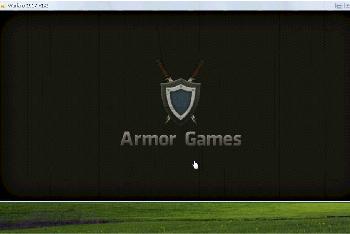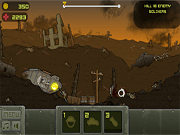
Every nation has unique special troops and special attacks that will help you defeat the enemy troops. Play with riflemen, assault grenade troops, snipers, tanks. You can select and command the British German, French or Russian Tsar Army and be the hero of it, then choose an enemy country for the ultimate Trench Warfare experience. It is the best game to enjoy tanks battle against any of your choice army Embark on a journey to discover new characters and confront mighty opponents along the way. Combine war heroes with outrageous and incredible power and build your ultimate battle team. It’s a front-line army battle game between doom and glory.

You shall never fear the enemy and must fight as hard as you can with a superb winning strategy. Build the best Army, fight in epic tank battles, and play with your own custom war strategy. Trench Warfare 1917: WW1 is an intense War strategy game. Supports 5 languages (English, Russian, French, Spanish and Chinese) Online level uploader - upload your creative levels to the cloud and play levels created by users from all around the world Creative/sandbox mode where you create and decorate your own levels An Insane survival mode with 50 waves for each campagin
Warfare 1917 armor free#
8 different FREE epic campaigns with 25 levels each! (Great Britain, Germany, France, Russia, Ottoman Empire, Austria Hungary, Soviet, White Army) Trench Warfare 1917 by university students Mads, Oliver, and Bertin is a fast action paced free military strategy game taking place in the most brutal war, World War 1!
Warfare 1917 armor series#
(Getty Images)Ī series of German helmets displayed as a trophy in the U.S., 1918.The White Army has arrived! Get ready to fight for the Tsar in the Russian Revolution! 25 new levels and brand new items in Creative! (Getty Images)Įxhibiting pock marks and bullet holes, three members of the Ordnance Department demonstrate the effects of pistol, rifle and machine gun fire upon body armor, during testing at Fort de la Peigney, Langres, France. Three Irish Guards wearing German body armor, examining a captured German machine gun, at Pilckem Ridge, July 31st 1917. Georgian warriors of the Khevsur tribe wearing the traditional suit of armor.
Warfare 1917 armor full#
October 1917: A present day soldier armed with a rifle shakes hands with a soldier in a full suit of armour armed with an axe. It was created by E J Codd Company of Baltimore, Maryland. (Getty Images)Ī man models a steel helmet covered with a built-on chain screen to protect a soldier’s eyes from rocks, shells and other fragments during World War I. (Getty Images)Īmerican soldier trying on captured German body armor, 1918. (Getty Images)Ī suit of heavy body armour used by the Americans in France, ca. (Getty Images)Ī soldier wear body armour made of linked steel plates covering his chest and abdomen, ca.

The armor, capable of stopping a pistol round but only superficially helpful against rifle fire, also helped protecting against bayonet and other edged weapons thrusts. These helmets became so synonymous with the German army that allied nations proved reluctant to design similar headwear in case it led to confusion in the trenches.Ī German member of a “Trench Attack Squad” poses in steel body armor and two stick grenades. The German-designed Stahlhelm provided better protection to both the head and the shoulders of their soldiers.

Despite the utility of these helmets, they still left something to be desired. The British and French armies began to equip men with steel helmets in 1915 in a bid to protect the heads, one of the most vulnerable parts of the body in trench warfare, of their men from falling debris and glancing blows from bullets or shrapnel. The British military uniform for the time was made of hard-wearing brown khaki which did, at least, provide a measure of camouflage in the fields of France and Belgium but was not designed to provide any protection to the body of the wearer. Soldiers in the British army at the outbreak of the war were not provided with much in the way of protective clothing.

In order to provide some protection to the men in the front lines, armies explored the possibility of providing them with different types of armor. During the First World War, the size and scale of some of the weaponry produced devastating wounds and losses on soldiers.


 0 kommentar(er)
0 kommentar(er)
